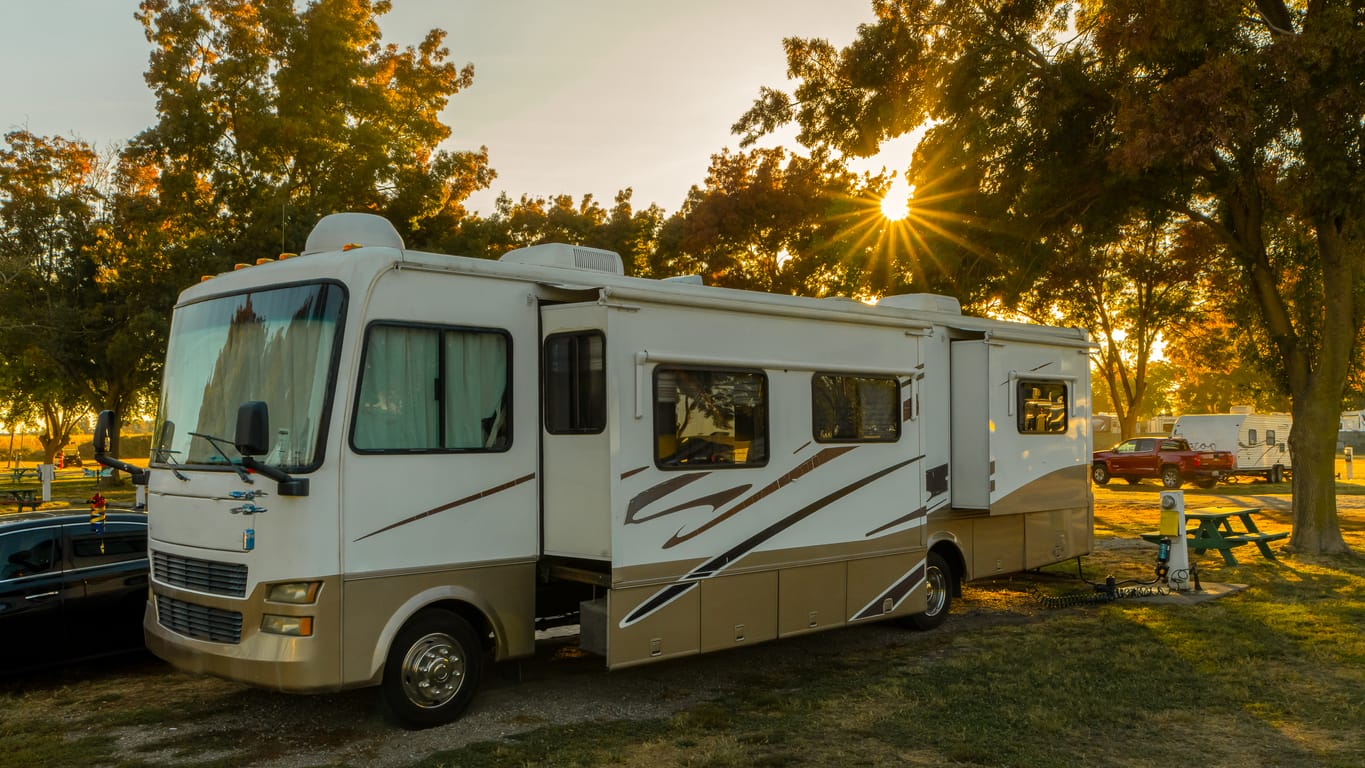Discover the Open Road
An age-old desire to explore whispers within the hearts of adventure seekers. For those enraptured by wanderlust, a recreational vehicle (RV) becomes a mobile sanctuary, inviting freedom and exploration in equal measures. The lure of the open road, the quaint little towns, majestic landscapes, and endless skies make owning an RV an absolute delight.
However, shipping your RV from point A to point B within the United States can be quite a task. Fortunately, we’ve compiled an ultimate guide to help you through the process!
Understanding Your Recreational Vehicle
Before you plunge into shipping, a thorough understanding of your RV is essential. After all, knowing is half the battle!
Types of RVs
Recreational vehicles aren’t all identical. Motorhomes, travel trailers, camper vans, and fifth wheels each have unique features, size, and weight, impacting the shipping methods and costs involved.
Finding the Right RV Shipping Company
Embarking on a successful RV shipping journey begins with finding the right shipping company. By doing so, you can assure a smooth and secure journey for your mobile home.
Research and Reviews
Begin with research. Dig into potential companies, examining their experience, reputation, and customer reviews. Take the time to verify their USDOT number for legitimacy.
Insurance Matters
Insurance provides peace of mind. Always ask your chosen company about the insurance coverage they offer during transportation. You wouldn’t want your home-on-wheels to be at risk!
Preparing Your RV for Shipping
Before your RV hits the road, some preparation is essential to ensure a trouble-free journey.
Document the Condition
To avoid any discrepancies post-shipping, thoroughly document your RV’s pre-shipment condition. Snap some photos and jot down any existing damages.
Secure Interior and Exterior
Remove any loose items that could cause damage during transit. Additionally, secure all exterior parts of the RV that could pose a risk, such as antennas or awnings.
Shipping Costs and Factors
The cost of shipping your RV is dependent on several factors. Understanding these will help you budget accordingly.
Distance and Route
Quite naturally, longer distances incur higher costs. Additionally, the specific route chosen by the shipping company, whether it is a busy highway or a remote road, can impact the cost.
Size and Weight
The larger and heavier your RV, the higher the cost will be. This is due to the increased resources and effort required to transport larger vehicles.
Post-Shipping Steps
Once your RV arrives at its destination, there are some steps to ensure everything is as it should be.
Inspection and Documentation
Inspect your RV closely upon delivery. Look for any potential damages that may have occurred during transit. If you find anything amiss, document it and report it to the shipping company immediately.
Conclusion
Shipping your RV doesn’t have to be a daunting task. With adequate knowledge, diligent preparation, and a reputable shipping company, your home on wheels can traverse the vast expanses of the United States without you having to lift a finger. As the saying goes, “Knowledge is power,” and with this comprehensive guide, you are indeed powerful!
FAQ
1. Can I ship personal belongings inside my RV?
While tempting, it’s generally advised not to ship personal belongings inside your RV. This is to avoid potential damage during transit and issues with insurance coverage.
2. How long does it take to ship an RV?
Shipping times vary depending on factors such as the distance of the journey and the specific route. However, typical transit times range from a few days to a couple of weeks.





